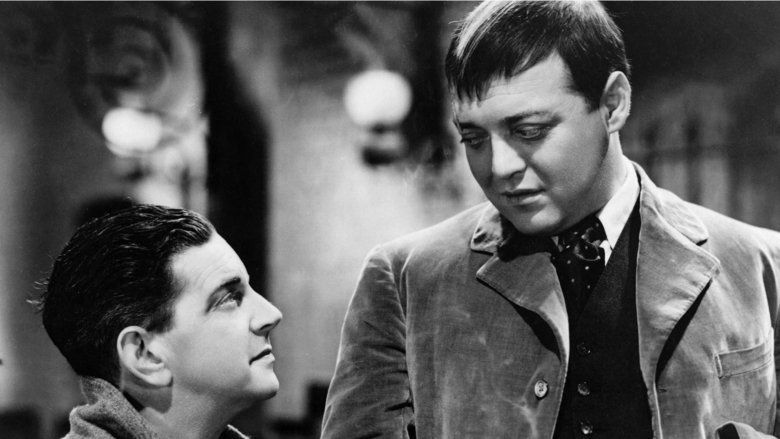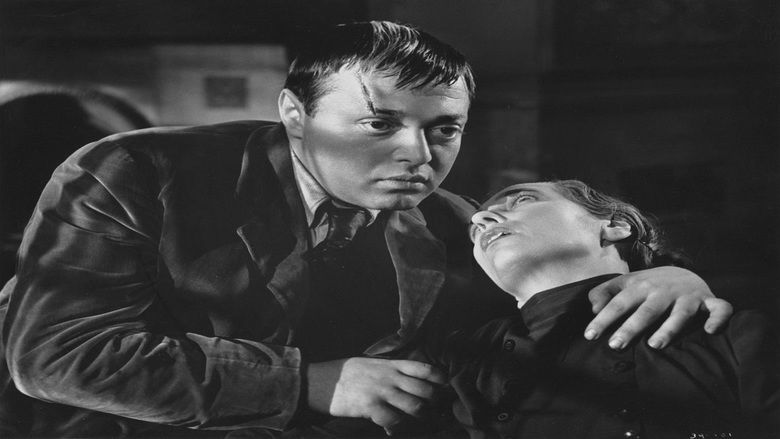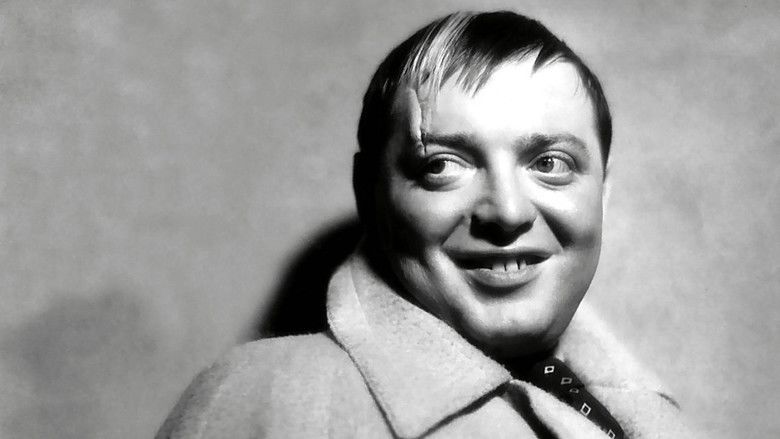The Man Who Knew Too Much (1934 film)
7.2 /10 1 Votes7.2
Genre Crime, Film-Noir, Mystery Duration Country United Kingdom | 7/10 IMDb Language English | |||||||||||||||||||||||||||||||||
 | ||||||||||||||||||||||||||||||||||
Release date December 1934 (1934-12) (United Kingdom) Initial release December 1934 (United Kingdom) Adaptations The Man Who Knew Too Much (1956) Cast (Leslie Banks), (Abbott), (Louis Bernard), (Clive), (Ramon Levine), (Betty Lawrence) Similar movies From Russia With Love , You Only Live Twice , Dr. No , The Living Daylights , The Spy Who Loved Me , The Man with the Golden Gun Tagline Public Enemy No. 1 of all the world... | ||||||||||||||||||||||||||||||||||
The man who knew too much trailer
The Man Who Knew Too Much is a 1934 British thriller film directed by Alfred Hitchcock, featuring Peter Lorre, and released by Gaumont British. It was one of the most successful and critically acclaimed films of Hitchcock's British period.
Contents
- The man who knew too much trailer
- The man who knew too much restoration demonstration
- Synopsis
- Cast
- Production
- Release
- Reception
- References

Hitchcock remade the film with James Stewart and Doris Day in 1956 for Paramount Pictures. The two films, however, are very different in tone, in setting, and in many plot details. In the book-length interview Hitchcock/Truffaut (1967), in response to fellow filmmaker François Truffaut's assertion that aspects of the remake were by far superior, Hitchcock replied, "Let's say the first version is the work of a talented amateur and the second was made by a professional."

The film has nothing except the title in common with G. K. Chesterton's 1922 book of detective stories of the same name. Hitchcock decided to use the title as he had the rights for some of the stories in the book.

The man who knew too much restoration demonstration
Synopsis

Bob and Jill Lawrence (Leslie Banks and Edna Best) are a British couple on a trip to Switzerland, travelling with their daughter Betty (Nova Pilbeam). Jill is participating in a clay pigeon shooting contest. She is the best shot but she loses first place to a male sharpshooter because, at the crucial moment, she was distracted by the noise of a chiming watch which belongs to Abbott (Peter Lorre).
Bob and Jill have befriended Frenchman Louis Bernard (Pierre Fresnay) who is staying in their hotel. One evening, Louis is fatally shot as Jill dances with him. Before he expires, Louis tells Jill, who in turn tells her husband Bob, where to find a note to be delivered to the British consul. Bob reads the note, which contains vital indications about a planned international crime.
The criminals kidnap the couple's daughter Betty and threaten that she will be killed if her parents tell anyone what they know. Unable to seek help from the police, the couple return to England. They follow a series of leads and discover that the group, led by Abbott, intends to assassinate the head of state of an unidentified European country during a concert at the Royal Albert Hall. The group has hired the winner of the Swiss clay-pigeon contest as gunman for the assassination, who has excellent sharpshooting skills. Jill attends the concert and distracts the gunman's aim with a scream at the crucial moment.
The criminals return to their lair, which is the temple of a sun-worshipping cult in a working-class area of Wapping in London, near the docks. Bob had entered the temple as he was searching for Betty, and is being held prisoner in the adjoining house. Betty is also imprisoned there in another room. The police surround the buildings and a major gunfight ensues; the police are issued with rifles. The criminals hold out until their ammunition runs low and nearly all of them have been killed.
Betty climbs up to the roof, fleeing from the gunman who follows her. A police marksman dares not try to shoot him, as he is standing so close to Betty. Jill grabs the rifle and her sharpshooting skills finally triumph—she shoots the gunman and he falls off the roof without harming Betty.
The police storm the building. Abbott, the criminal mastermind, is still alive and hiding behind a door, but he is betrayed by the chiming of his watch, and is shot and killed by the police.
A terrified Betty is reunited with her parents.
Cast
Nova Pilbeam was the last surviving cast member until her death on 17 July 2015.
Production
Before switching to the project, Hitchcock was reported to be working on Road House (1934), which was eventually directed by Maurice Elvey. The film started as Hitchcock and writer Charles Bennett tried to adapt a Bulldog Drummond story revolving around international conspiracies and a baby kidnapping; its original title was Bulldog Drummond's Baby. As the deal for an adaptation fell through, the frame of the plot was reused in the script for The Man Who Knew Too Much, the title itself taken from an unrelated G.K. Chesterton compilation.
The story is credited to Bennett and D.B. Wyndham Lewis; Bennett claims Lewis had been hired to write some dialogue which was never used and provided none of the story.
Peter Lorre was unable to speak English at the time of filming (he had only recently fled from Nazi Germany) and learned his lines phonetically.
The shoot-out at the end of the film was based on the Sidney Street Siege, a real-life incident which took place in London's East End (where Hitchcock grew up) on 3 January 1911. The shoot-out was not included in Hitchcock's 1956 remake.
Hitchcock hired Australian composer Arthur Benjamin to write a piece of music especially for the climactic scene at Royal Albert Hall. The music, known as the Storm Clouds Cantata, is used in both the 1934 version and the 1956 remake.
Alfred Hitchcock's cameo appears 33 minutes into the film. He can be seen crossing the street from right to left in a black trench coat before they enter the Chapel.
Release
The Man Who Knew Too Much opened in London in December 1934. The film received its opening in New York on 21 March 1935.
Reception
Contemporary reviews were positive, with C.A. Lejeune of The Observer stating that he was "happy about this film [...] because of its very recklessness, its frank refusal to indulge in subtleties, to be the most promising work that Hitchcock has produced since Blackmail". The Daily Telegraph referred to it as a "striking come-back" for Hitchcock, while the Daily Mail stated that "Hitchcock leaps once again into the front rank of British directors." The New York Times praised the film as the "raciest melodrama of the new year", noting that it was "excitingly written" and an "excellently performed bit of story-telling". The review praised Alfred Hitchcock as "one of England's ablest and most imaginative film makers" and stated that actor Peter Lorre "lacks the opportunity to be the one-man chamber of horrors that he was in [M]" but "is certainly something to be seen," comparing him favourably to actor Charles Laughton. In a retrospective review, Dave Kehr contrarily argued, "Although the film is fast and consistently clever, it is more deeply flawed than any other Hitchcock film of the period, failing to find a thematic connection between its imaginative set pieces."
The film has an 86% rating on Rotten Tomatoes.
References
The Man Who Knew Too Much (1934 film) WikipediaThe Man Who Knew Too Much (1934 film) IMDb The Man Who Knew Too Much (1934 film) themoviedb.org
